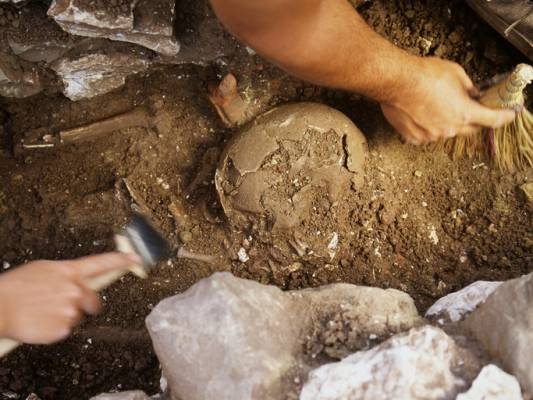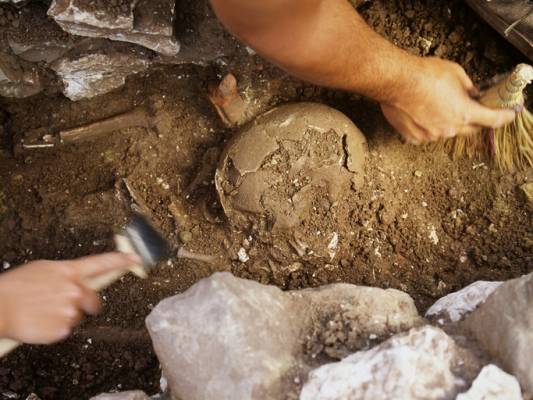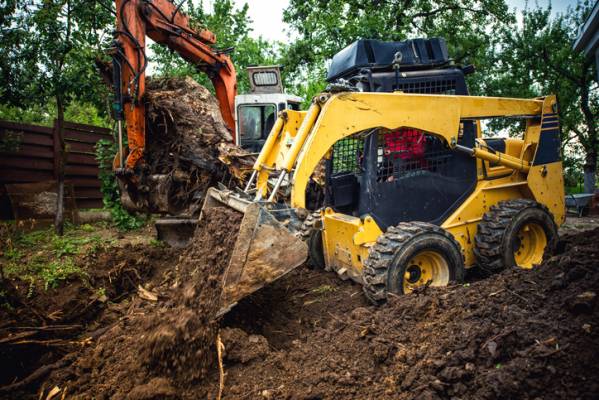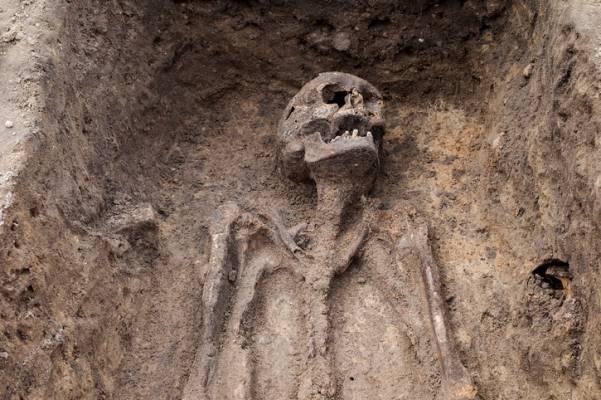
Edinburgh has honoured victims of the 17th century plague

The 17th century plague that swept through the Scottish capital was a devastating event, but a recent historical find has brought the impact of the disaster to the surface . . . literally.
Archaeologists have revealed that back in 2016 the remains of nearly 80 victims of the 17th century plague were discovered in the grounds of St Mary’s RC Primary School in Leith. The find included the remains of at least 23 victims who were children.
The remains were discovered in a mass burial pit, as many of these were hastily constructed at the time of the outbreak in order to accommodate the huge numbers of fatalities caused by the plague. It is thought that around the Leith Links area where the remains were unearthed, half the local population was wiped out in 1645. The plague accounted for nearly 3,000 lives lost in Leith.
Many of the victims were found buried in shrouds or in coffins at the makeshift grave which was previously unknown to experts. There were also coins recovered from the site, which have helped link the remains to the plague outbreak as some of the coins were minted only eight years before.
In the late 19th century, the site found itself to be the setting for another significant outbreak, as it took on the role of a smallpox hospital. It wasn’t until the 1930s that the site became a primary school, where a building project in 2016 led to the fascinating 400-year-old discovery.
It was in Easter 2016 that a pre-planned excavation and building project for new classrooms took an unusual turn. Following on from the discovery, an extensive research project began and more time was allowed for a detailed examination of the site by the local council and professional archaeologists Wardell Armstrong.
To honour the victims of the plague, a ceremony was held by both pupils and staff of the school on 16th March 2018 at Rosebank Ceremony, which is located close to Leith’s historical boundary.
Officials involved had a lot to say about the incredible find. The council’s archaeologist, John Lawson, expressed excitement at the discovery, describing how the analysis of the remains has “helped us to understand life in Leith at this time” and “shed light on the devastating plague”.
Voicing similar feelings, Wardell Armstrong’s official report revealed further details about the findings, saying:
“One of the most intriguing aspects of the burials were the finds associated with the internments. The recovery of artefacts indicates the dead were buried fully clothed with personal items about their bodies and money.”
But it is the interest and excitement expressed by the local community which has shown how important history is to the Scottish capital, and how it is helping to fuel the minds of the next generation. Council culture leader Donald Wilson said:
“Edinburgh never fails to amaze and bring new discoveries. There is almost as much history to be found under the city as above ground. When these remains were unearthed, the discovery provided the school with a fascinating teaching resource.
“The findings have also added to our archaeological understanding of Leith, and the whole community has been very engaged in the excavation.”
There are incredible discoveries to be made in every corner of Edinburgh, always ready to delight, fascinate and bring together the local community.
Thinking of becoming part of Edinburgh’s community? Consider the beautiful Craighouse collection of properties from Quartermile Developments, located in the tranquil district of Morningside. Click here to discover more.




